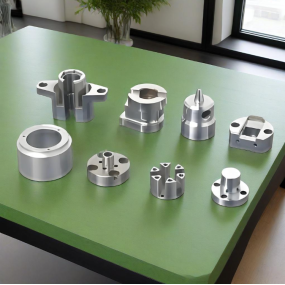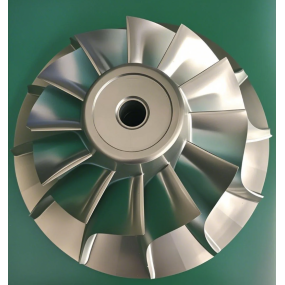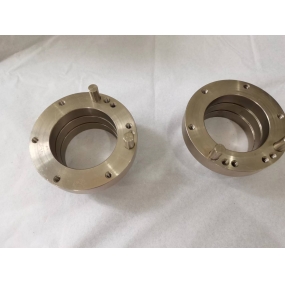Five-axis precision part machining is the precision of making complex precision metal parts in a CNC Machining plant. In a five-axis CNC machine tool, the tool moves in the X, Y, and Z axes, as in a three-axis machine. In addition, the table can rotate around the X and Y axes. Key to these rotation planes are respectively called A and B axes. These additional rotations are opened, and other surfaces are now impossible to load.
Five-axis CNC machines in five-axis parts processing plants can perform precise 3D machining because the machine moves on the X and Y axes, not the A and B axes. The use of high-quality five-axis CNC machining centers has many advantages for the production of complex parts. Five-axis numerical control machining is very popular in the aviation, aerospace, automotive and energy industries. It can handle other machining methods, and even narrow boxes with various curved geometries that cannot be concealed. It greatly shortens the delivery time.
The five-axis CNC machine is very fast to make high-precision precision parts machining, it does not require repeated fixture changes and program modifications. In a single machining process, it can create incredibly complex shapes, ultra-high surface finish, five-axis machining can achieve cleaner, more accurate cutting, and then obtain surface finish. The only drawback of five-axis CNC machining is the high cost, and the excellent service and features it provides make it more impressive than three-axis and four-axis machining, but for precision parts machining that requires ultra-high quality, the extra cost is worth it.


 Spanish
Spanish Arabic
Arabic Portuguese
Portuguese Belarusian
Belarusian Japanese
Japanese Russian
Russian Icelandic
Icelandic Bulgarian
Bulgarian Azerbaijani
Azerbaijani Estonian
Estonian Irish
Irish Polish
Polish Persian
Persian Boolean
Boolean Danish
Danish German
German French
French Filipino
Filipino Finnish
Finnish Korean
Korean Dutch
Dutch Galician
Galician Catalan
Catalan Czech
Czech Croatian
Croatian Latin
Latin Latvian
Latvian Romanian
Romanian Maltese
Maltese Malay
Malay Macedonian
Macedonian Norwegian
Norwegian Swedish
Swedish Serbian
Serbian Slovak
Slovak Slovenian
Slovenian Swahili
Swahili Thai
Thai Turkish
Turkish Welsh
Welsh Urdu
Urdu Ukrainian
Ukrainian Greek
Greek Hungarian
Hungarian Italian
Italian Yiddish
Yiddish Indonesian
Indonesian Vietnamese
Vietnamese Haitian Creole
Haitian Creole Spanish Basque
Spanish Basque










